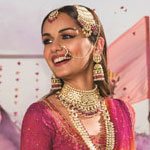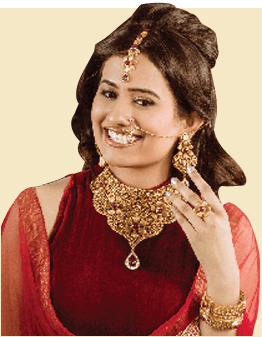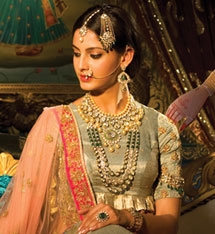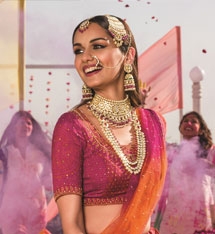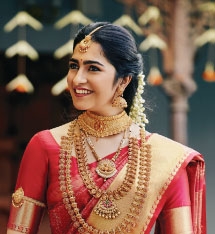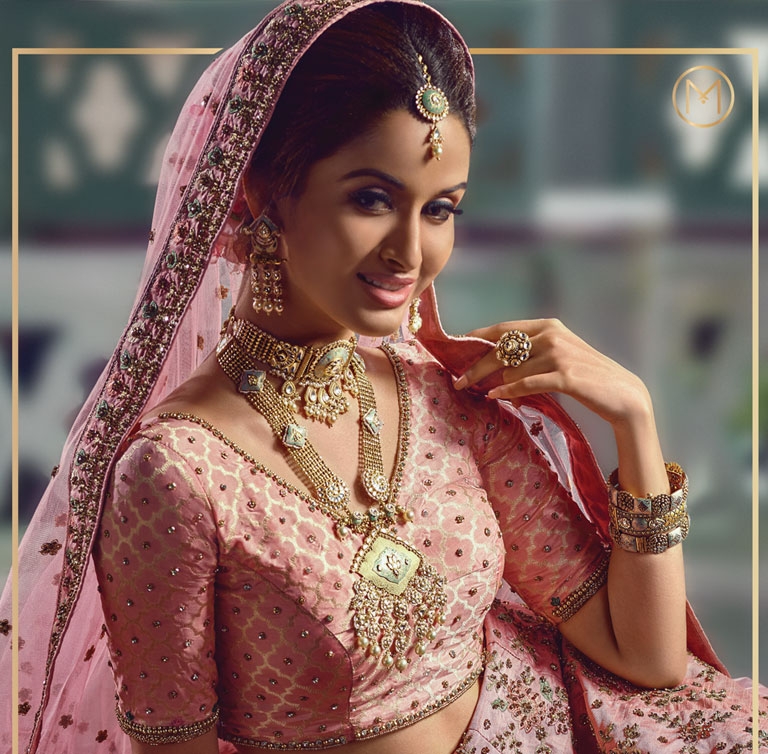-
Home2023 EditionEditionEditionCelebration brideCelebration BrideRoyal bride6Fashion brideFashion Bride
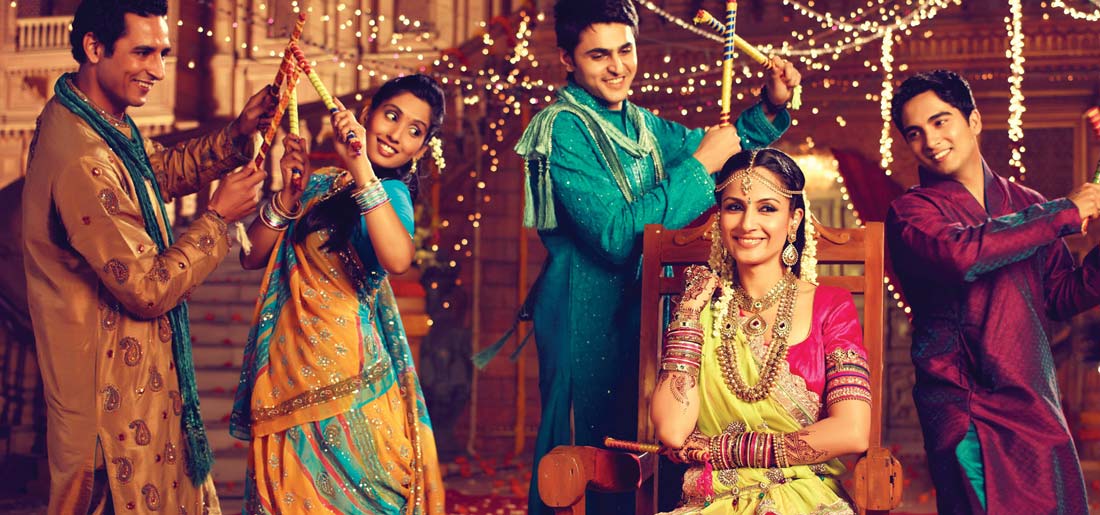
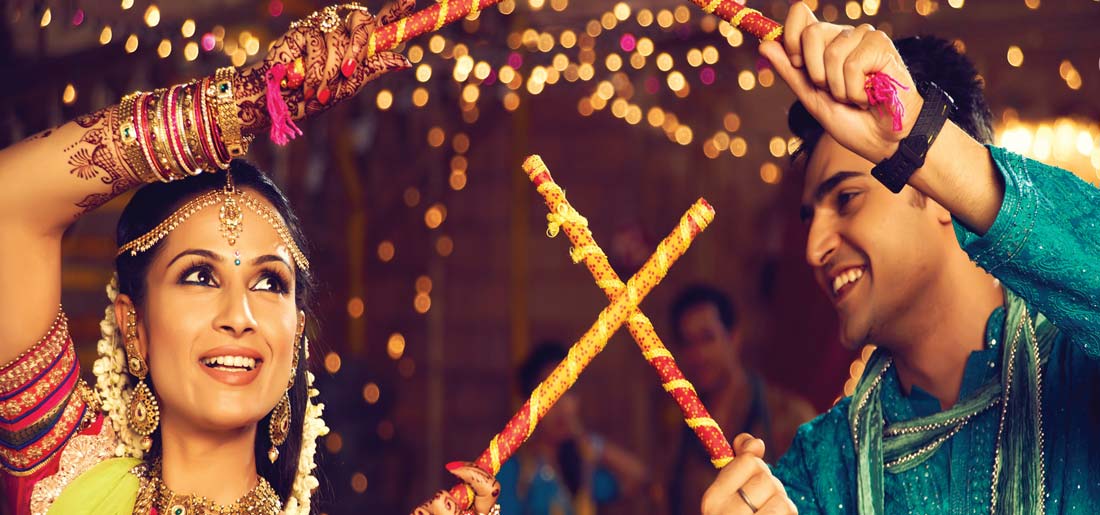
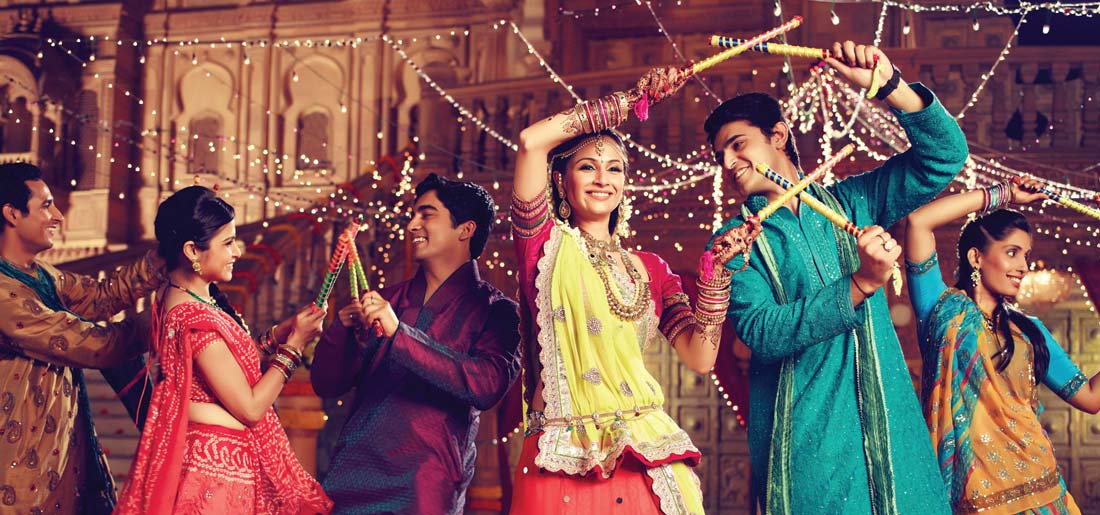
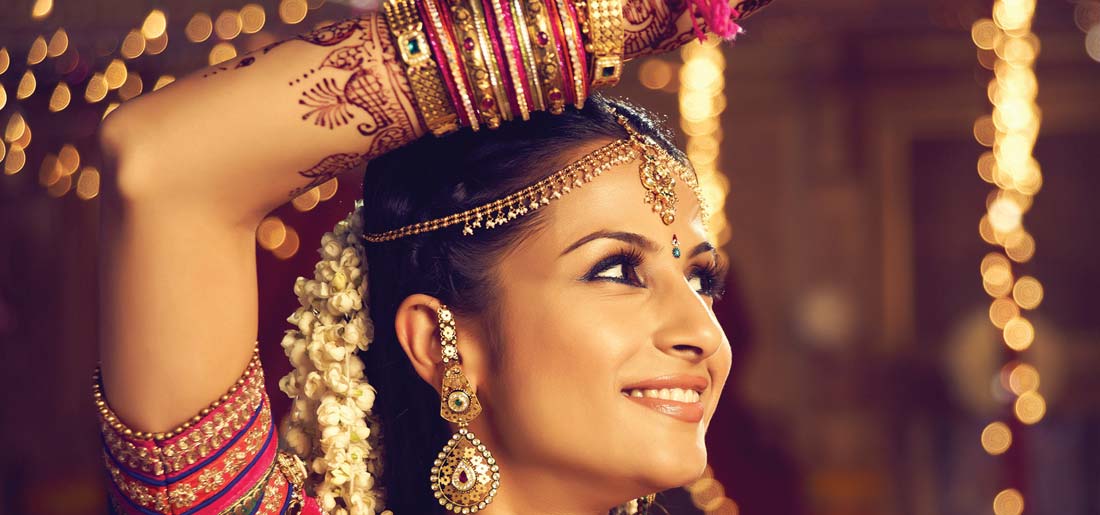

Gujarati
- HOME
- West Indian Bride
- Gujarati
BackRituals
Pre Wedding Rituals Mandap Mahurat: Before beginning any auspicious task it is a custom amongst the Hindus to seek the blessings of Lord Ganesha, the elephant headed Hindu god, who is believed to be the remover of all hardships. and a marriage which is considered an important event in one’s life is no exception. Mandap Mahurat is a ceremony performed by the respective families of the bride and groom a few days before the wedding to pray to Lord Vighnaharta.
Griha Shanti: What follows is Griha Shanti Puja which is held at both the houses of the bride and the groom at a very auspicious timing whilst taking a note of both the horoscopes of the bride and groom. An acharya is called upon to conduct the puja for Griha Shanti and all the family members along with the relatives from the bride’s father’s side take part in the rituals.
Jaan: A very interesting ritual where the prospective groom arrives at the residence of his bride. He thereafter seeks the blessings of his to be mother – in – law. But what follows is a very unique custom amongst the Gujaratis. Here the groom bows down his head and clutches his nose at the same. This expression symbolizes that he understands the immense extent of sacrifice that has to be made by his future bride. The gesture also depicts the groom’s humility. A small ritual is performed by the mother in law to bless her future son – in – law and to ward off any evil eye. Sometimes she catches the nose of her son in law to remind him that they are takers as he will be marrying away her daughter whilst they are givers.
Wedding rituals
Antarpaat: According to the Gujarati custom in this part the maternal uncle of the bride takes her to the Mandap. A curtain drawn initially between the bride and groom is lowered so that they can exchange varmalas i.e. garlands. The curtain is known as Antarpaat.
Madhuparka: After the garlands have been put in each other’s necks comes the ritual where the grooms feet is washed in the mandap. After this he is offered to have milk and honey. What follows is a very popular custom often depicted in the movies too. The groom’s sister in law steals away the shoes of her Jija and hides them. In order to retrieve them he has to offer a sum of money to them.
Hastamilap: A ritual which signifies deep bonding and a holy union of two souls bound by marriage. here the scarf or shawl which the groom wears is bound to the sari of the bride. Next follows is the chanting of the mantras by the acharya to beseech the blessings of the goddesses Laxmi and Parvati respectively for the wife to be and bless her to be Saubhagyavati. The family members and the relatives also shower the newlywed couple with their blessings and with grains of rice and rose petals.
Kanya Daan: Kanya Daan is part of almost every wedding ceremony. The underlying meaning is that the hand of the bride is given away to the groom by her parents. The wedding custom entails that the bride and groom sit in front of a sacred fire and perform the rituals headed by the acharya. The bride’s parents are to fast throughout the day. This is done because it is considered to be pure for the body and mind. The significance of the folded hands of her parents during Kanyadaan is in the hope that their daughter will be taken care of and will never be caused any pain. The son in law is believed to be Lord Vishnu himself and thus his feet is washed by the bride’s parents thinking that they are handing their daughter in the form of Goddess Laxmi to her rightful consort.
Pheras: In this ritual the couple has to go round the sacred fire chanting mantras after the acharya.
Saptapadi: This is a part of the Pheras itself where the couple has to go around the sacred fire seven times and each time chanting mantras by the groom. The significance of each step is that these are requests made by him to his wife. They are – taking good care of the house, cook wholesome healthy meals for the family, to spend money wisely, be an understanding companion etc. The bride in turn promises to keep these.
Post Wedding Rituals
These include “Saubhagyavati Bhava” and “vidaai” ceremony. Blessings are whispered into the right ear of the bride by the elderly married women of the family. For the Vidaai ceremony the girl leaves her own house for the groom’s house.
Reception: Reception is held right after the wedding is over and guests, friends and well wishers are called upon to bless the couple. Everyone enjoys a sumptuous meal and celebrates the holy union as well as give them gifts.
Ghar Nu Laxmi: The bride is considered to be a form of Goddess Laxmi in every house and her first step is considered very auspicious. As a form of Goddess herself she is believed to bring good luck to the house along with her. The ritual consists of the mother in law of the bride placing a vessel filled with rice to the brim at the doorstep, at the very entrance of the house. The bride has to knock it down softly with her right foot forward so that some rice spills over. As rice symbolizes wealth and prosperity, this ritual signifies that she understand the duties and responsibilities of her new household and is ready to take it upon her shoulders.
Aeki – Beki: A very amusing yet interesting ritual where a bowl or tray full of coins and a single ring is placed in front of the couple. The bowl is filled with milk and some vermillion is added. The catch is that whoever finds the ring four times in a row and becomes the first person to pick it up would become the ruler of the house. This is a game rather.Useful Links Scheme Payment(India only)
Make an Appointment Build your Custom Jewellery Smart Buy Offers New Arrivals Exclusive CollectionCustomer ServiceMalabar Gold & Diamonds
402, Valecha Chambers, Plot No. B-6,
New Link Road, Opp. Infinity Mall,
Andheri (W) ,
Mumbai - 400053. +91 22 62300916 care.in@malabargoldanddiamonds.com

